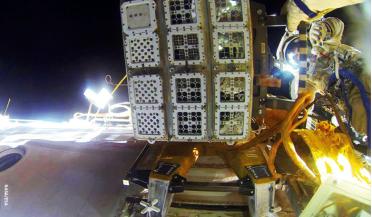 September 2023
How microorganisms survive space travel
September 2023
How microorganisms survive space travel
.... Stage 3 of the Biorisk experiment will be carried out using the same equipment, using similar biological objects (microorganisms, plant seeds, larvae and eggs of insects, crustaceans), but the range of biological samples will be extended to include...
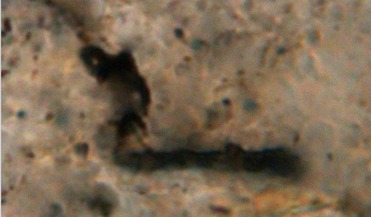 20 December 2017
Methane-producing microorganisms suggest life in the Universe is common
20 December 2017
Methane-producing microorganisms suggest life in the Universe is common
... fossils had formed, therefore Schopf believes that advanced photosynthesis had not yet evolved. Instead, these microorganisms appear to have performed a primitive form of photosynthesis, while another apparently produced methane gas, and two others...
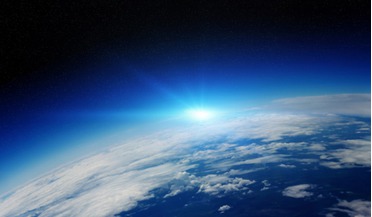 August 2016
Long-term spaceflight and microbiological safety issues
August 2016
Long-term spaceflight and microbiological safety issues
... field gradients, etc. Russian orbital space station operational experience shows that processes like the growth of microorganisms can damage polymer-based construction materials. Metal bio-corrosion, the formation of biofilms and thrombus in the...
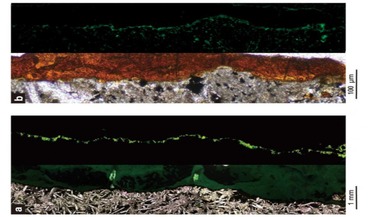 03 April 2020
Newly discovered organisms in ancient solid rock inspire new search for life
03 April 2020
Newly discovered organisms in ancient solid rock inspire new search for life
... always find microbes living in them," explained Suzuki. Previous research has shown that bacteria and other microorganisms that survive on inorganic energy sources exist within 3.5 and 8-million-year old ridge systems. However, little...
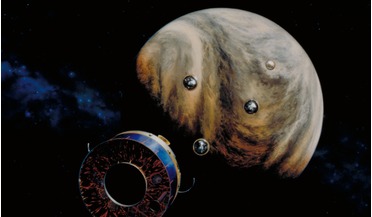 30 September 2020
Another detection of phosphine on Venus possibly found in archival data
30 September 2020
Another detection of phosphine on Venus possibly found in archival data
Last week’s sensational news that scientists have detected signs of microbes living in the cloud tops of Venus has taken another turn as a different team of researchers combing through archival data collected by NASA’s Pioneer Venus Multiprobe say ...
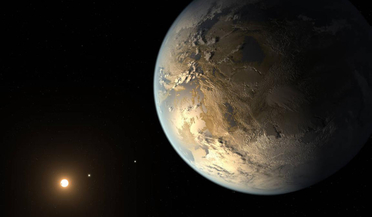 08 December 2021
Iron might be key for finding life on other worlds, new study says
08 December 2021
Iron might be key for finding life on other worlds, new study says
In the hunt for life beyond Earth, one of the key factors in determining whether a planet might be habitable or not, is how iron-rich it is, say astronomers who in a new study have uncovered the likely mechanisms by which iron influenced the ...